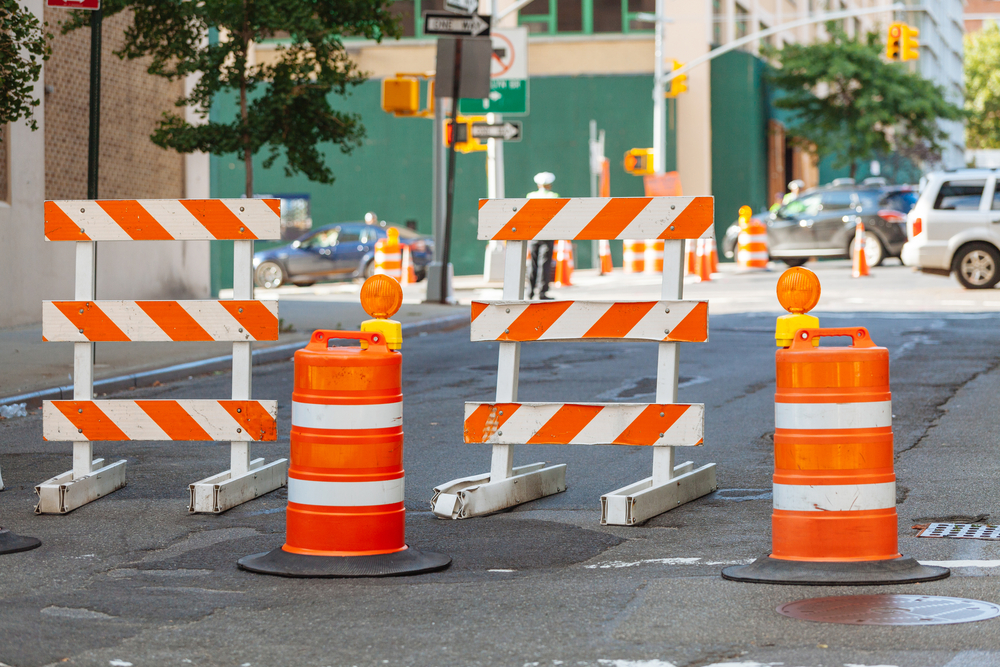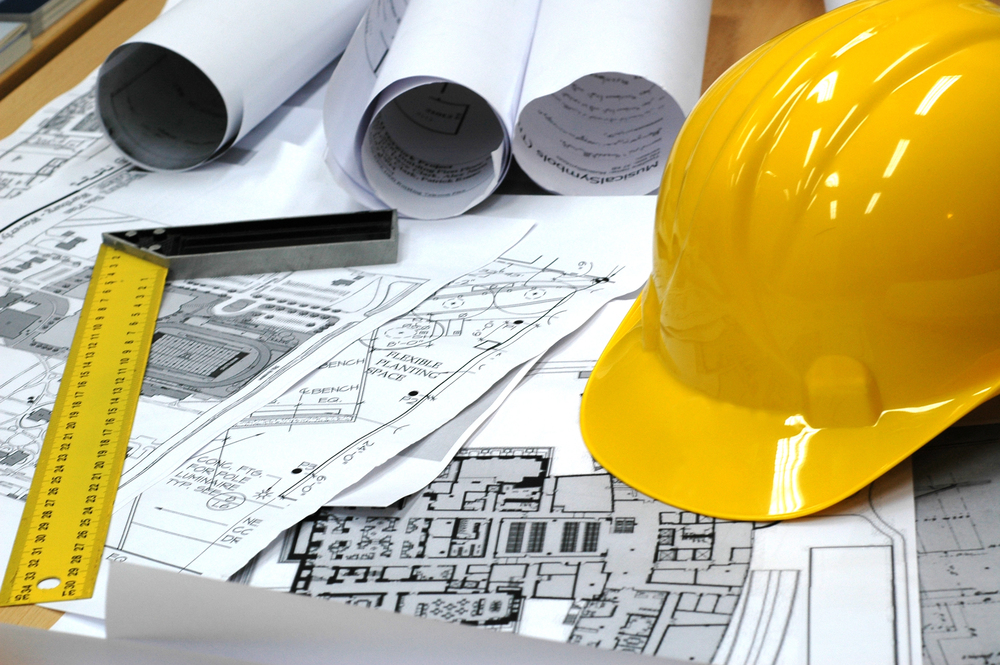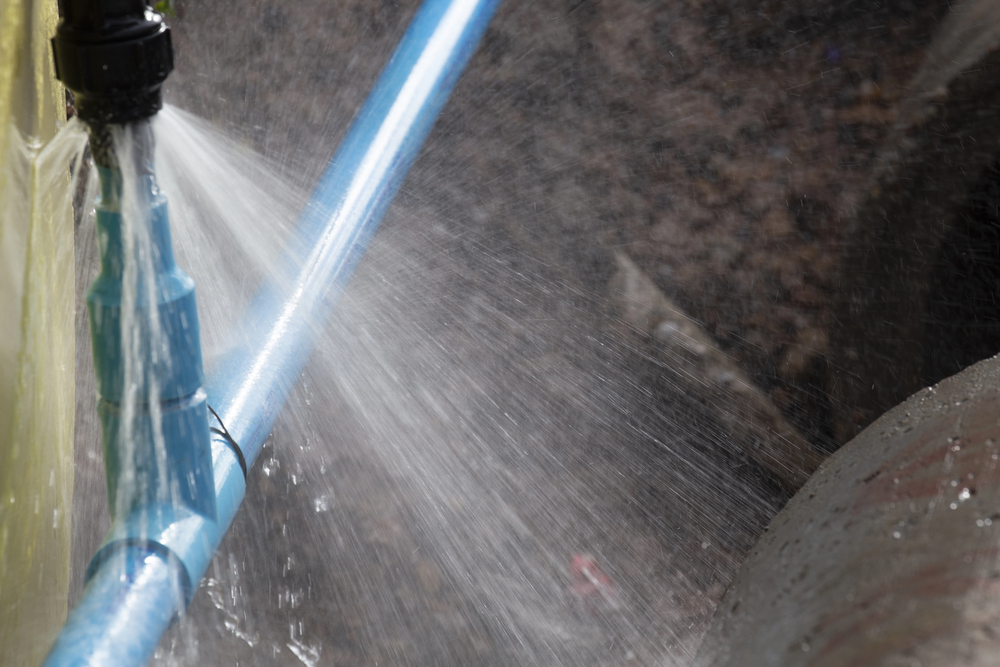Risk Mitigation for Highway Work Zones

By: Joe LaMalva
Highway work zones are essential to maintaining and upgrading roadways. However, they can be risky. Hazards can often appear unexpectedly and endanger roadway workers and motorists.
More than half (55%) of highway contractors reported that motor vehicles had crashed into their construction work zones during the past year, according to the “2023 Work Zone Awareness Survey” from the Associated General Contractors of America.
A risk management strategy is crucial to preventing serious issues. Agents can work with contractor and subcontractor clients to help them better understand the steps needed to lower risk on the job site.
4 Components of Work Zones
As detailed by the Occupational Safety and Health Administration (OSHA), most temporary work zones are divided into four areas:
1) Advance Warning Area. This is where motorists are first informed of the upcoming road work. At this stage, it is important to ensure that there is proper signage and message boards to advise what motorists can expect in the upcoming work zone.
2) Transition Area. Road users are redirected from their normal path away from the work zone. Speed is a key consideration. The higher the speed limit is, the longer the transition area will need to be.
3) Activity Area. This area follows the transition section and is where the actual work activity takes place. To ensure safety for motorists and work zone employees, this area should include adequate space to accommodate workers, equipment and materials, as well as provide ample space for the traffic to flow. In addition, a buffer space should be outlined that separates moving vehicles from the workspace.
4) Termination Area. Traffic returns to its normal flow. It extends beyond the work zone and often involves a downstream taper, where drivers are directed by cone placement. Cones serve as a visual cue to drivers, directing them back into the original lane or lanes that were closed at the start of the construction.
Traffic Control Plans
Temporary traffic control zones are necessary to ensure worker safety on the job site. However, these zones can disrupt the normal flow of traffic, so they must be methodically developed using a traffic control plan describing measures needed to transport motorists through the work zone. These plans can vary in detail based on the complexity of the project and should be completed for all maintenance operations and highway construction.
Construction businesses have many tools they can use to mitigate the risk in work areas. These include providing adequate illumination, closing the road completely, rerouting traffic where feasible, and increasing taper lengths for night work. Appropriate protective equipment such as truck-mounted attenuators and concrete barricades are also beneficial.
In addition, businesses should avoid using flaggers under hazardous conditions such as high traffic speeds, inclement weather, night work and other situations that limit visibility.
Employees working in work zones should be wearing highly visible safety apparel and should never move equipment without making positive visual contact with any workers near the equipment. They should also make sure to set parking brakes when leaving equipment unattended and chock wheels when equipment is parked on an incline.
Onsite Injury Prevention Services
When it comes to safety for construction workers, some insurers are partnering with construction customers to help with risk identification and management. Onsite injury prevention services (IPS) provided by carriers give workers access to a team of medical professionals on the job site to help prevent or address injuries.
Work zone safety requires significant pre-planning and project collaboration with many factors involved in the process. Partnering with an experienced insurance company can strengthen the risk mitigation efforts that agents help their contractor and subcontractor clients implement.
Joe LaMalva is executive technical consultant for The Hartford’s risk engineering division in Hartford, Connecticut.
The information provided in these materials is intended to be general and advisory in nature. It shall not be considered legal advice. The Hartford does not warrant that the implementation of any view or recommendation contained herein will: (i) result in the elimination of any unsafe conditions at your business locations or with respect to your business operations; or (ii) be an appropriate legal or business practice. The Hartford assumes no responsibility for the control or correction of hazards or legal compliance with respect to your business practices, and the views and recommendations contained herein shall not constitute our undertaking, on your behalf or for the benefit of others, to determine or warrant that your business premises, locations or operations are safe or healthful, or are in compliance with any law, rule or regulation. Readers seeking to resolve specific safety, legal or business issues or concerns related to the information provided in these materials should consult their safety consultant, attorney or business advisors. All information and representations herein are as of June 2023.
The Hartford Financial Services Group, Inc., (NYSE: HIG) operates through its subsidiaries, including the underwriting company Hartford Fire insurance Company, under the brand name, The Hartford®, and is headquartered in Hartford, CT. For additional details, please read The Hartford’s legal notice at www.thehartford.com.










